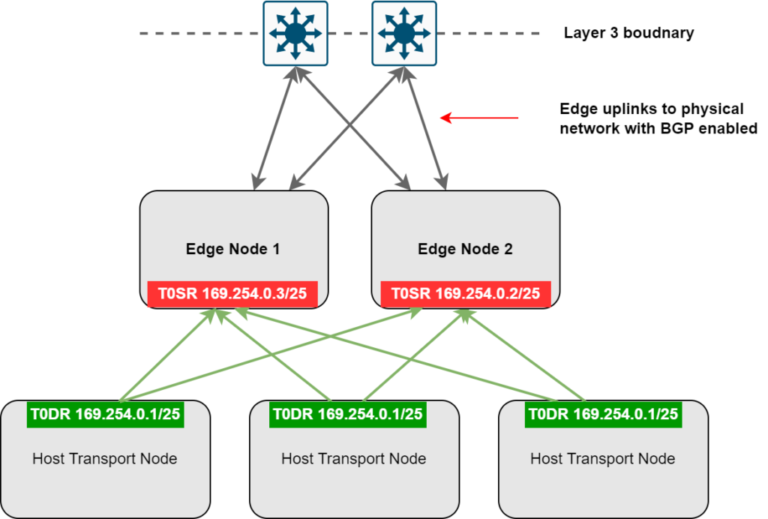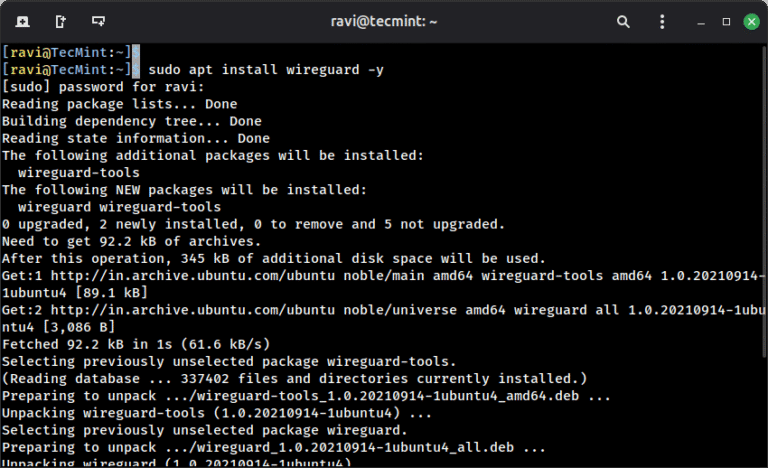Table of Contents
- What Is Data Gravity?
- The History and Evolution of Data Gravity
- Why Data Gravity Matters: Technical and Business Impacts
- The Physics Analogy and IT Reality
- Key Metrics: Latency, Bandwidth, Compliance, and Cost
- Data Gravity in Hybrid and Multi-Cloud Architectures
- Vendor Perspectives and Solutions
- Microsoft Azure
- VMware
- Nutanix
- Dell
- Data Gravity Patterns and Architecture
- Measuring and Monitoring Data Gravity
- Migration Strategies: Compute-to-Data and Data-to-Compute
- Compliance by Design
- Cost Control and Avoiding Surprise Bills
- Future Trends and Predictions
- Recommendations
- Further Reading & Resources
- Conclusion
1. What Is Data Gravity?
Data gravity describes how large datasets create “inertia” that attracts applications, services, and other data. As data grows, it becomes harder and costlier to move, shaping the placement of compute, storage, and even business logic.
2. The History and Evolution of Data Gravity
Modern IT environments are distributed across on-premises, private cloud, multiple public clouds, and edge locations. Each layer brings its own gravitational forces.
3. Why Data Gravity Matters: Technical and Business Impacts
- Performance: Latency and throughput are fundamentally tied to data location.
- Compliance: Regulatory frameworks (GDPR, HIPAA, CCPA) require data to remain in certain regions.
- Cost: Data egress, storage duplication, and WAN usage can quickly balloon migration budgets.
- Business Agility: Data gravity impacts how quickly new apps, analytics, or services can be deployed or migrated.
4. The Physics Analogy and IT Reality
Data gravity is the unseen force shaping every aspect of modern IT, from technical performance and compliance to cost and innovation. By understanding and mastering this force, architects, admins, and business leaders can build agile, resilient, and cost-effective architectures for hybrid and multi-cloud.
Whether you’re on Microsoft, VMware, Nutanix, Dell, or all of the above, use this definitive guide as your playbook for turning data gravity from a challenge into a competitive advantage.
Diagram: The Data Gravity Effect
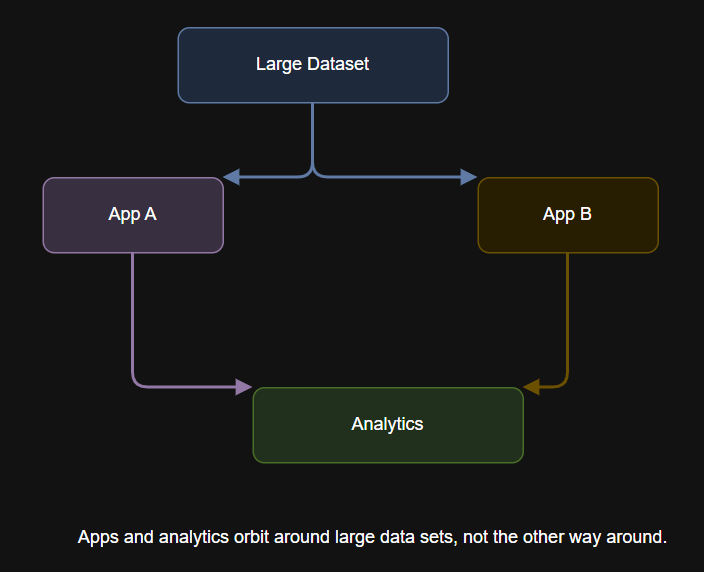
5. Key Metrics: Latency, Bandwidth, Compliance, and Cost
- Latency: The closer compute is to data, the faster the access.
- Bandwidth: Large datasets require high bandwidth for migration or synchronization.
- Compliance: Data location must satisfy laws and contracts.
- Cost: Each movement, copy, or sync adds to operational and cloud bills.
6. Data Gravity in Hybrid and Multi-Cloud Architectures
Use tools like Azure Migrate Assessment, VMware vRealize, Nutanix Prism, and Dell CloudIQ for profiling.
Diagram: Hybrid/Multi-Cloud Data Gravity
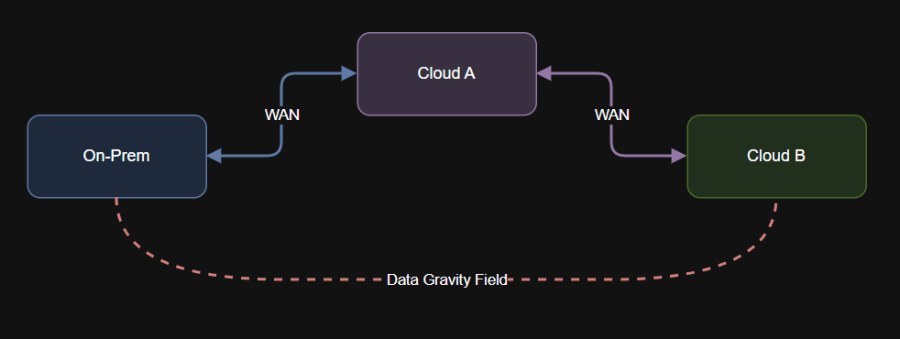
Data moves and is governed across edge, regional, and cloud locations, with compliance built-in.
7. Vendor Perspectives and Solutions
Microsoft Azure
- Azure Arc for hybrid management, Azure Migrate, and Data Box for bulk movement.
- Azure Policy and Blueprints for compliance automation.
- Azure Monitor and Cost Management for visibility.
VMware
- HCX and vSphere for locality-aware VM mobility.
- Site Recovery Manager for DR and compliance.
- vRealize Operations for monitoring.
Nutanix
- AOS and Prism Central for node-level locality and analytics.
- Nutanix Move for migration and replication.
- Calm for orchestration.
Dell
- PowerScale and PowerProtect for compliance-aware storage and backup.
- CloudIQ for analytics and automation.
- APEX for multi-cloud storage tiers.
8. Data Gravity Patterns and Architecture
- Bring Compute to Data:
Move workloads to where data resides to reduce transfer time and cost. - Data Segmentation:
Only move what you must, segment cold, warm, and hot data. - Multi-Site and Edge Patterns:
Place data close to users or regulatory boundaries.
Diagram: Compute-to-Data
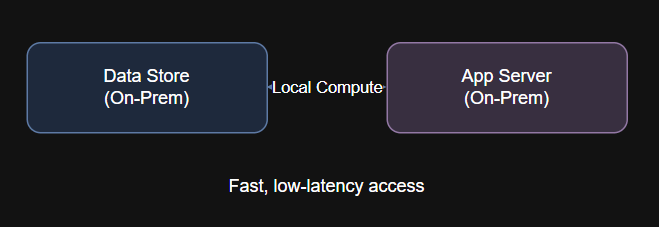
9. Measuring and Monitoring Data Gravity
- Data Volume: How much is stored and where?
- Change Rate: How quickly does data grow or change?
- Access Patterns: Who needs access, and from where?
- Compliance Tags: What are the residency and regulatory requirements?
Just as mass attracts mass in the physical world, data “attracts” applications and services in IT.
10. Migration Strategies: Compute-to-Data and Data-to-Compute
- Compute-to-Data: Migrate apps to the data, especially for large or compliance-locked datasets.
- Data-to-Compute: Move only necessary data for new workloads, analytics, or services.
- Hybrid Cutovers: Use staging, caching, and phased rollouts for risk management.
11. Compliance by Design
Design compliance into architecture, not as an afterthought.
- Use policy engines (Azure Policy, Nutanix Prism, VMware NSX) for automation.
- Keep audit logs and automate reporting.
- Collaborate with legal and compliance teams from the start.
12. Cost Control and Avoiding Surprise Bills
- Forecast costs for bandwidth, storage, and egress.
- Use bulk transfer appliances for large migrations.
- Monitor billing dashboards in real time.
- Right-size every transfer, move only what is needed.
13. Future Trends and Predictions
- Edge Computing:
Expect data gravity to expand to remote and edge locations. - Regionalization:
More localized clouds driven by regulations. - AI-Driven Placement:
Policy-driven automation for data and workload movement. - Security Integration:
Zero trust and automated compliance checks as defaults.
Diagram: Future Data Gravity Layers

The term “data gravity” was coined by Dave McCrory in 2010, drawing a parallel to Newton’s law of universal gravitation. In the past decade, the rise of cloud, hybrid, and multi-cloud architectures has made data gravity a central concept for IT, compliance, and architecture leaders.
14. Recommendations
- Always Audit and Map Data Before Migrations
Know what, where, and how much you need to move or protect. - Architect for Data Locality and Compliance
Design placement and workflows around the gravitational “pull” of large or regulated datasets. - Leverage Vendor-Native and API Tools
Integrate automation, monitoring, and policy enforcement using supported vendor platforms. - Continuously Monitor and Optimize
Regularly review performance, cost, and compliance as your data and architecture evolve. - Prepare for the Future: Edge, Regionalization, AI
Build for agility so you can quickly adapt to changing data gravity forces.
15. Further Reading & Resources
16. Conclusion
Data gravity forms the “field” that pulls workloads and services towards where data resides.

